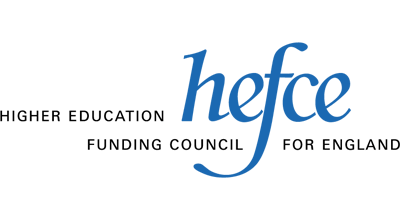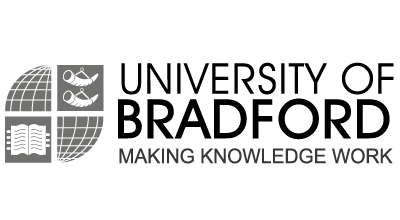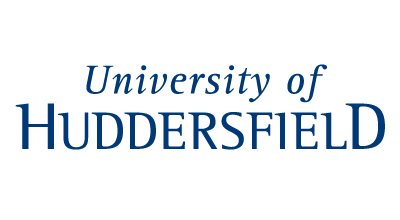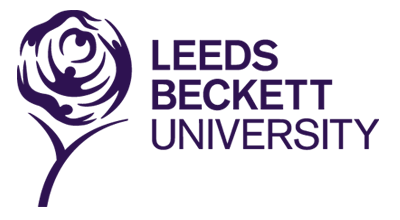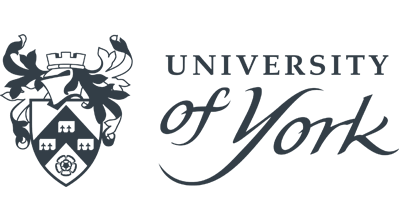Date published: 09/05/17
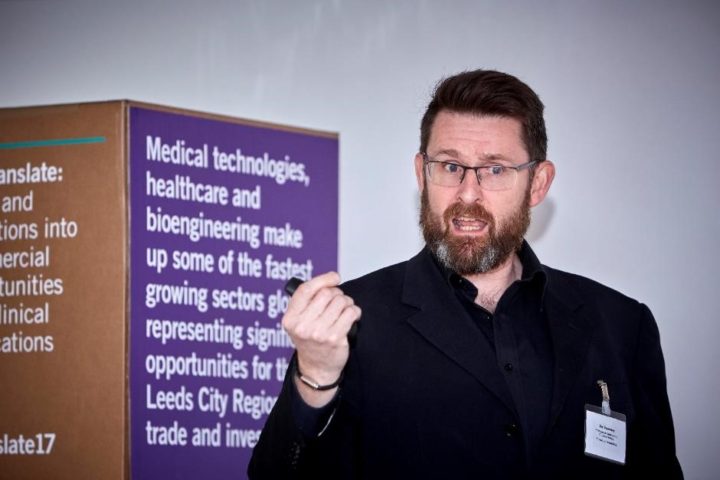
Moving early stage technology forward – fast
Getting involved in the Translate programme brings significant value to researchers with early stage technologies, according to Professor of Organic Chemistry at the University of Huddersfield, Joe Sweeney. Professor Sweeney has developed a simple chemical process to create florescent compounds, but needed support to develop clinical applications for the technology.
“Every meeting we’ve had with the Translate team has been productive and interesting,” he says. “I’ve been impressed not only with the quality of the work they’ve done for us, but the speed at which they’ve done it, which has been key to moving our project forward.”
Professor Sweeney’s first contact with Translate was through an ‘innovation surgery’ at the University, where he had a one-to-one meeting with Translate Technology Innovation Manager, Dr Danielle Miles to discuss his research.
Dr Miles then carried out a preliminary market opportunity analysis, looking at where florescent dyes are currently used in the medtech and healthcare sectors and drawing on her contacts to find potential collaborations for clinical use of the technology.
“Professor Sweeney was keen to see applications for the technology, but needed help to expand his research network and reach the right clinicians, which is exactly the kind of support Translate can provide,” she said. “Our analysis spotted an opportunity that Professor Sweeney hadn’t yet considered: using dyes for florescent image-guided surgery. We put him in contact with Professor David Jayne at the University of Leeds, who is interested in applying this technology in colorectal cancer surgery.”
The two researchers have since signed a non-disclosure agreement and Professor Jayne is working on initial proof of principle studies using Professor Sweeney’s compounds in tissue samples. The aim is to see if the fluorescent compounds could be used to precisely map the boundary of a tumour during surgery, to ensure complete resection.
Professor Sweeney’s compounds have a number of attributes that differentiate them from florescent dyes already in use. They can show a wide range of colours, are derived from a natural compound and, unlike most fluorescent dyes, they are neither positively nor negatively charged, potentially enabling them to penetrate membranes more easily.
To help Professor Sweeney and the University decide if this constituted enough to warrant a patent, Dr Miles also did a preliminary intellectual property landscaping analysis, to assess what IP already existed and to see how much novelty the new technology could offer. This work provided evidence the University needed to make their decision, and a patent on the technology was filed in February 2017.
“It’s very difficult to assess the market and potential impact of a product that doesn’t yet exist, so Translate’s support in this has been really helpful,” says Professor Sweeney. “The speed at which they provided the report was really excellent. It’s been refreshing to work with a tech transfer organisation that’s able to make things happen so quickly.”
Imaging and DiagnosticsSurgical and Medical Equipment

